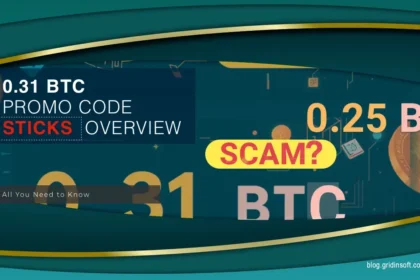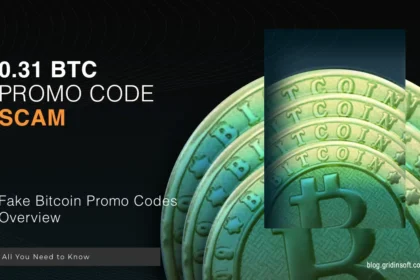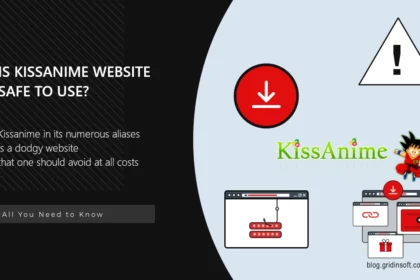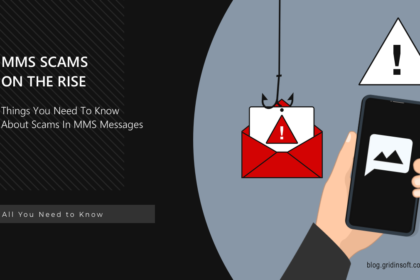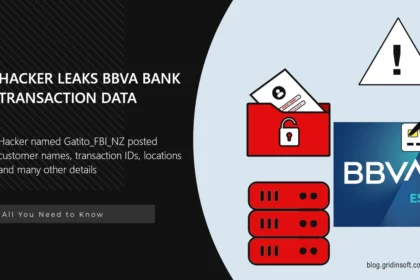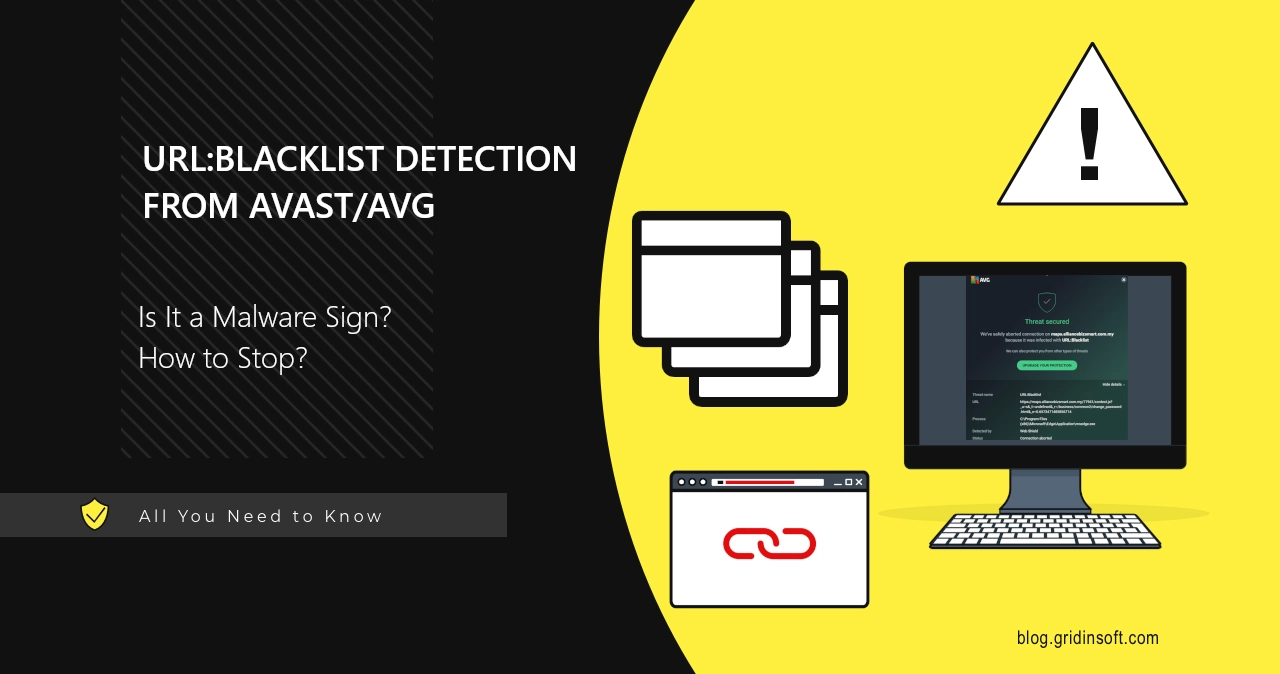Fake Virus Alert – How to Spot and Remove Scareware Pop-ups
Fake virus alerts are deceptive pop-ups designed to scare you into thinking…
FBI Issues Online File Converter Malware Scam Warning
The FBI Denver Field Office has warned about a growing scam involving…
0.31 BTC Promo Code STICKS
Social media users interested in cryptocurrency may have come across a 0.31…
0.31 BTC Promo Code GRANTX Scam Overview
Crypto enthusiasts and investors may see 0.31 BTC Promo Code GRANTX Scam,…
X Token Presale Scam
X Token Presale scam is a novice crypto fraud, linked to the…
Is Kissanime Safe? A Security Analysis (2025 Update)
Kissanime (kissanimes.net) presents itself as a free library of thousands of anime…
Is Softonic Safe?
Softonic is a popular website that offers various software for downloading, in…
AI Deepnude Websites – Are they Safe & Trustworthy?
The development of generative AI that is capable of creating images gave…
Top 3 MMS Scams: What Threats Can Messages Bring
MMS is a rather old technology that is being pushed out of…
Hacker Leaks BBVA Bank Data, Including User Details
On November 11, 2024 a hacker known as Gatito_FBI_NZ published an extensive…
Verify you are Human Scam
While browsing the Web, you can occasionally get to a page that…
URL:Blacklist Detection Avast and AVG Warnings
URL:Blacklist is a security detection used by Avast and AVG antivirus programs…



